Product Sheets Are Dead. Here's What You Need Instead
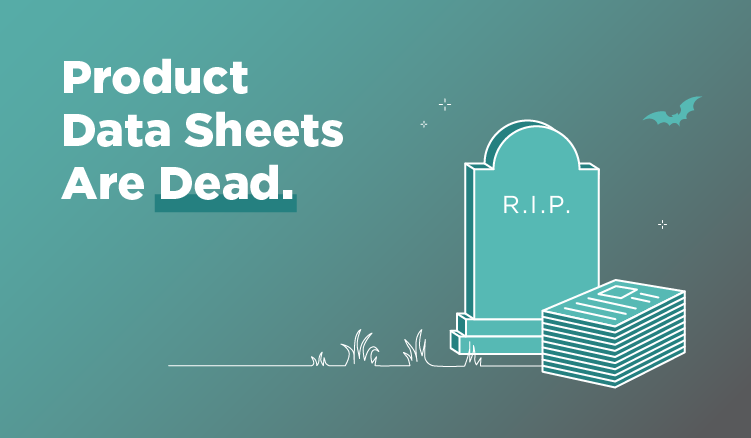
Keep the good stuff coming
Subscribe to our blog newsletter and get monthly content that helps you manage product data smarter.
No spam. Just real value.
For just about as long as brands and retailers have worked together to sell products to consumers, there have been product data sheets.
In the 21st century, is there even a reason to maintain that status quo?
We don’t think so. We think product data sheets are dead, for one simple reason: Brands have better options.
To make your products as appealing to retailers as possible, to maximize your sales, and to boost your bottom line, you need more than product data sheets. And while change never comes easy, this shift isn’t nearly as hard as you think. You probably already have the tools you need, and we’re going to show you how to use them to create visually stunning, persuasive sell sheets that take your product marketing and sales to the next level.
What’s Wrong With Product Data Sheets?
Think about it. Even the name — ”data sheets” — is boring. What does that evoke? A spreadsheet, maybe, or a list of specs. And when has a spreadsheet ever made a retailer want to jump out of their seat and place an order?
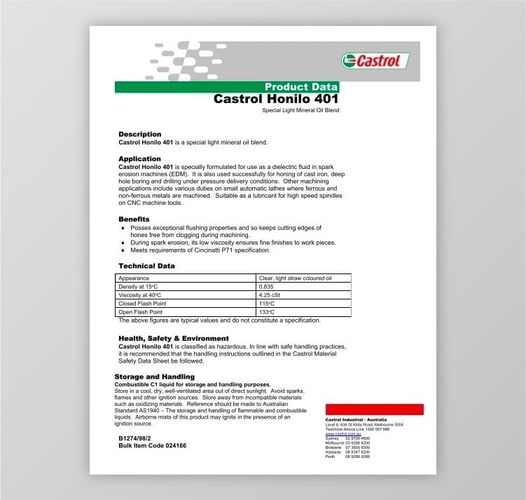
Because that’s the goal. If your brand is going to put time, money, and effort into creating marketing and sales tools like data sheets, they’d better get customers excited. They’d better make them buy. They’d better benefit your business.
And at the end of the day, that’s why product data sheets are dead. It’s not because they don’t work — in the hands of an interested customer or retailer, they still might land a sale. Product data sheets are dead because brands can now do something better.
One of the changes that has come with the digital age is that brands have new tools and new abilities. Product data sheets are obsolete now, because brands can create product sell sheets instead.
Sell Sheets: The Eye-Catching, Compelling Alternative to Dry Product Data Sheets
If product data sheets are dry and data-driven, product sell sheets are the opposite: eye-catching, visually appealing, compelling, filled with persuasive language that tells customers everything they need to hear to know why your products are right for them and how they’ll benefit by placing an order right now.
Don’t just take our word for it, though. Let’s look at the differences between these two sales tools in action.

These are both tools used to market and sell cosmetics products. Taking a look at the left image above, we have a product data sheet for an eyebrow and eyelash tint. It’s full of technical information, but doesn’t catch the eye, doesn’t evoke any emotion, and isn’t likely to convince a retailer to dedicate limited shelf space to this product rather than a competitor.
On the other hand, the product sell sheet for a mineral cosmetics line (seen in the image down below) is eye-catching right off the bat. It makes use of high-quality images that show the products in action. It uses persuasive copy that clearly explains the benefits of choosing this product over a competitor’s. And amid all of that is the same important technical data — in this case, scientific evidence to back up claims made about the products’ benefits — but done in a way that isn’t dry and won’t bore a potential customer.
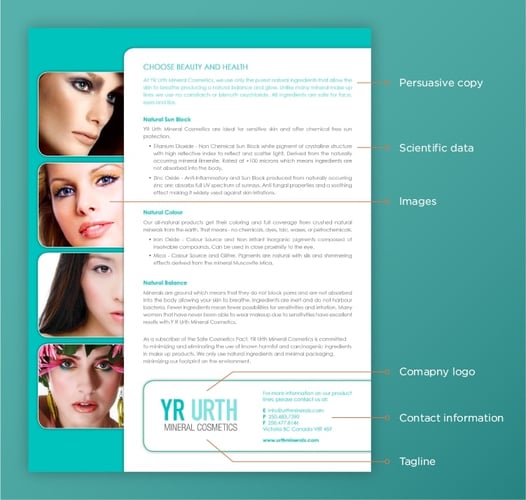
If you were a cosmetics retailer, which would you choose? Which of these tools would catch your eye and get you to place an order?
We’re willing to bet it would be the company on the right, with the slick sell sheet. And if you’re ready to create equally stunning sell sheets for the products your brand offers, you can. In fact, it’s even easier than you think.
The Digital Age Has Made Sell Sheets Accessible for All Brands
If you looked at that visually appealing, well-designed sell sheet and thought about what a hassle it would be to have to involve a team of graphic designers every time a sheet like that needed even a small update, you’re not alone. That’s what has kept many brands from embracing modern sell sheets like that one, and sticking to data sheets, which are much easier for any member of the team to keep up-to-date through product changes and launches.
But like most things about commerce in the digital age, that’s changing.
Now, brands have access to better tools that give them the ability to create product sheets faster, cheaper, and often without a team of designers or graphic design experience. And what’s even better is that it doesn’t even take any fancy software.
You might know Plytix because of its product information management (PIM) features. Plytix was created to give brands a place to store and organize their product information and assets — a single source of truth for the ever-increasing attributes we need for all our products in the digital age, where team members across the organization could be confident they were always up-to-date and distributable across all the sales and marketing channels today’s omnichannel brands use.
But Plytix does even more than that!
Among other features, Plytix can help brands create the kinds of visually stunning, high-quality sell sheets that get customers and retailers excited about products. And here’s the real advantage for brands who use Plytix: You can do it in just seconds, without any help from a graphic designer.
Plytix automates the entire process of creating sell sheets. You can use product data, information, and assets that are already stored in your PIM, create a template (or use one that’s pre-existing), and automatically import all the assets you need to instantly create your sell sheet. And the best part? It’s designed to be highly visual, high-quality, and well-designed — without a team of designers being involved.
And since it’s so quick and easy to create sell sheets with Plytix, it’s just as easy to customize them. You can tailor your sell sheets for different types of customers, or to more easily land important retail partnerships, distribute them among ecommerce platforms, etc. You can even do it on the fly, and choose between creating a physical sell sheet or a digital one that can be sent to a potential customer via email just moments after they make an inquiry. If that won’t make your brand stand out from its competition, nothing will.
Plytix comes with a whole host of other benefits, too. It’s the powerful, all-in-one tool that modern ecommerce brands need to succeed in the digital age. And best of all? It’s affordable. Learn more about how Plytix sets brands apart from their competition with our free ebook below. Create your account today to see how Plytix can take your brand to the next level with PIM, sell sheets, and more.
Frequently Asked Questions
1. What is the difference between a product data sheet and a product specification sheet?
A product data sheet and a product specification sheet are essentially the same. A product data sheet provides comprehensive information about a product, including technical specifications, performance data, and usage information. A product specification sheet, on the other hand, typically provides only technical specifications.
Therefore, a product specification sheet is a product data sheet but a product data sheet isn’t necessarily a product specification sheet.
2. What is the purpose of a product data sheet?
The purpose of a product data sheet is to provide customers with accurate and comprehensive product information, including technical specifications, performance data, and usage information.
3. Are product data sheets required by law?
In some industries, such as the chemical or pharmaceutical industries, product data sheets are required by law to comply with regulatory requirements and standards. This is usually the case when there is a potentially dangerous material used in the manufacturing of the product.
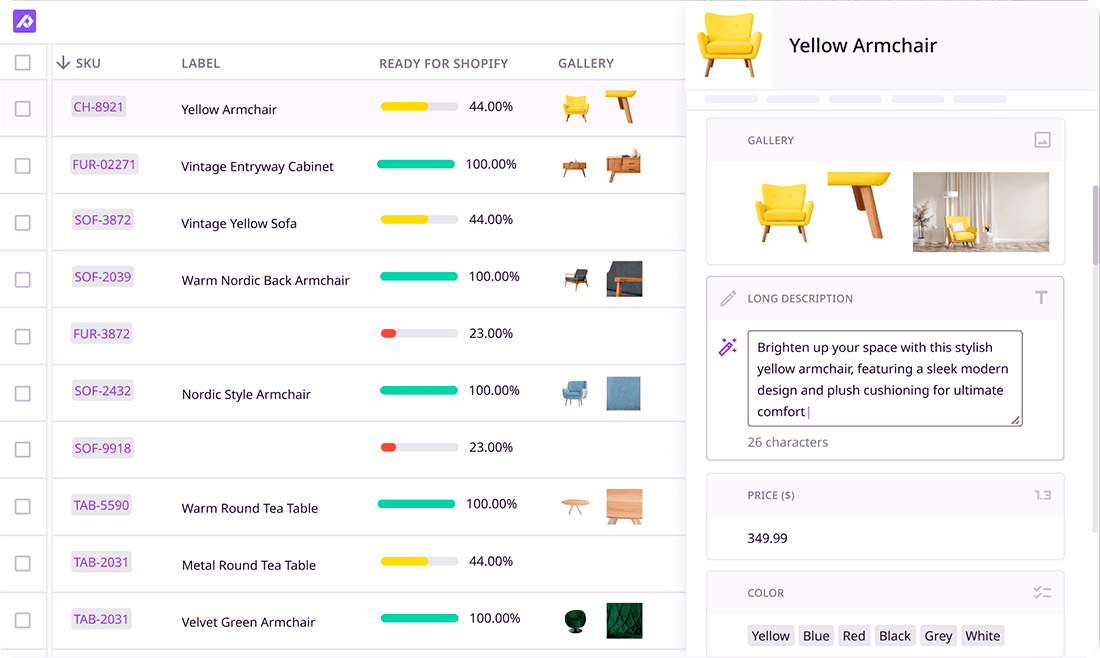
What if your product data actually worked for you?
We’ll show you how Plytix helps you stop fixing data—and start using it.
Related posts
Keep the good stuff coming
Subscribe to our blog newsletter and get monthly content that helps you manage product data smarter.
No spam. Just real value.
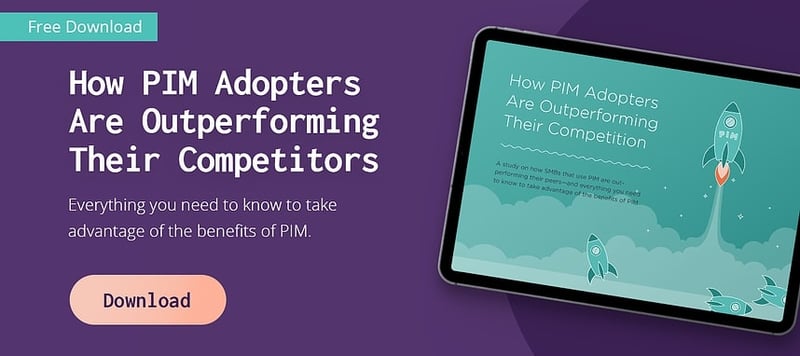





Think others should see this?
Go ahead and share it.